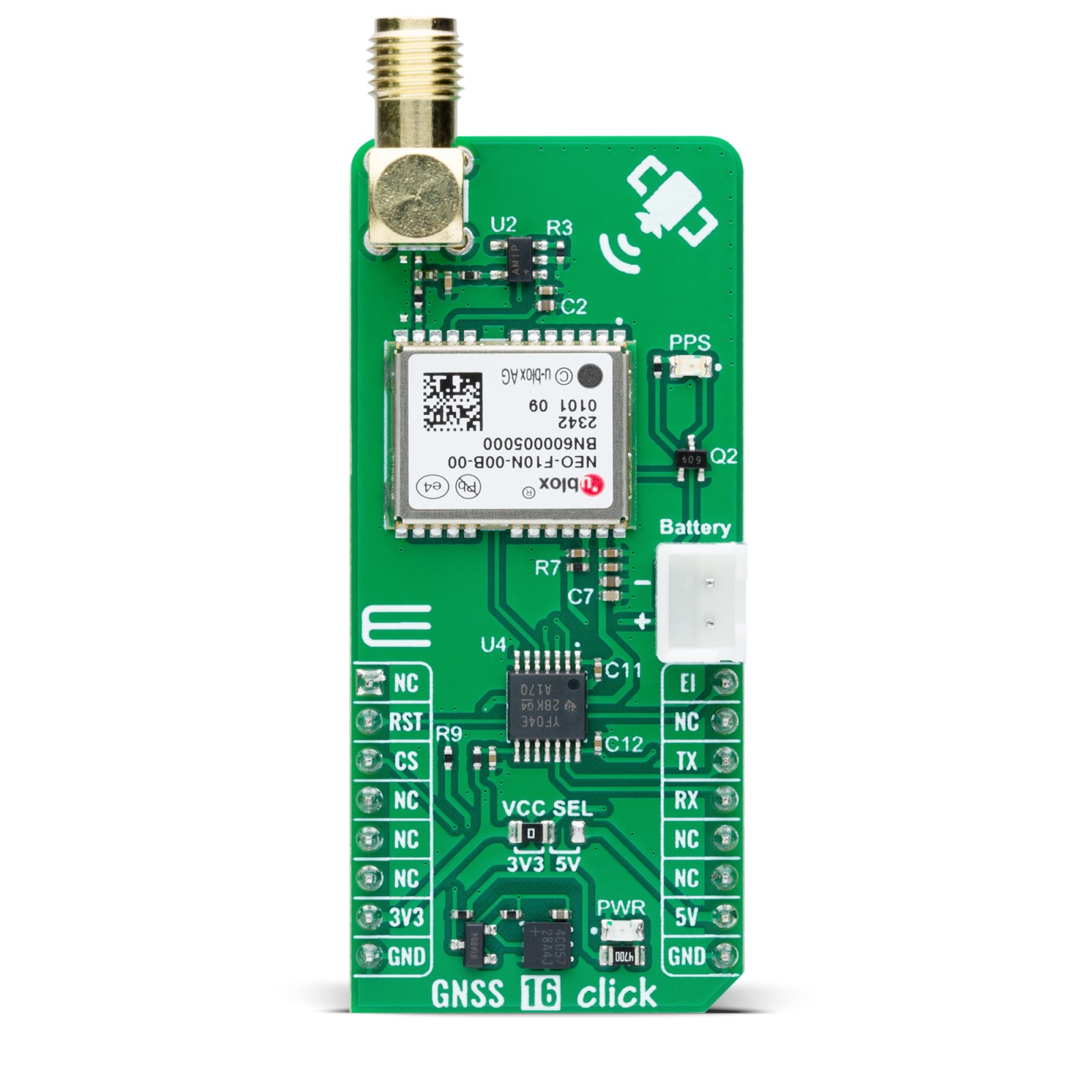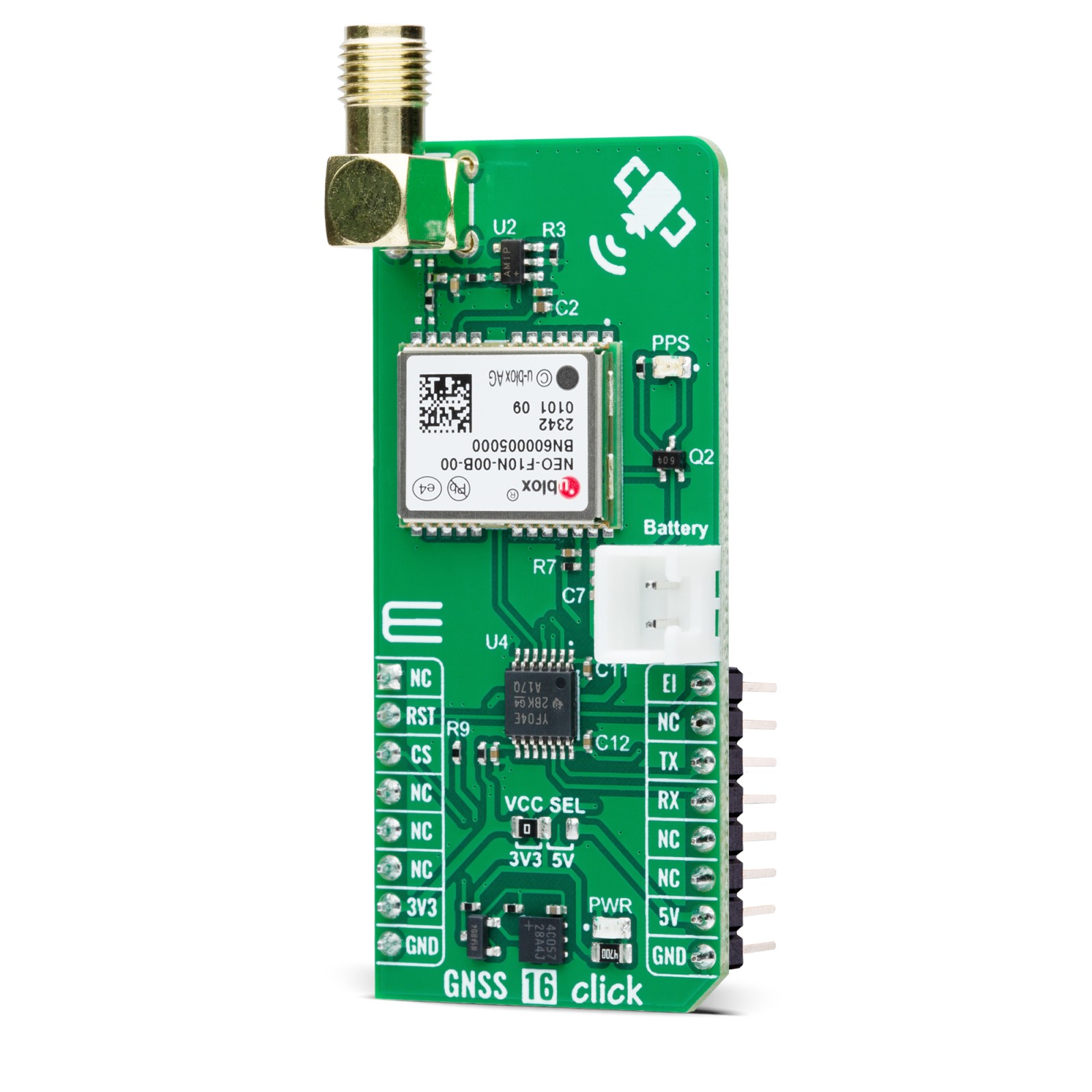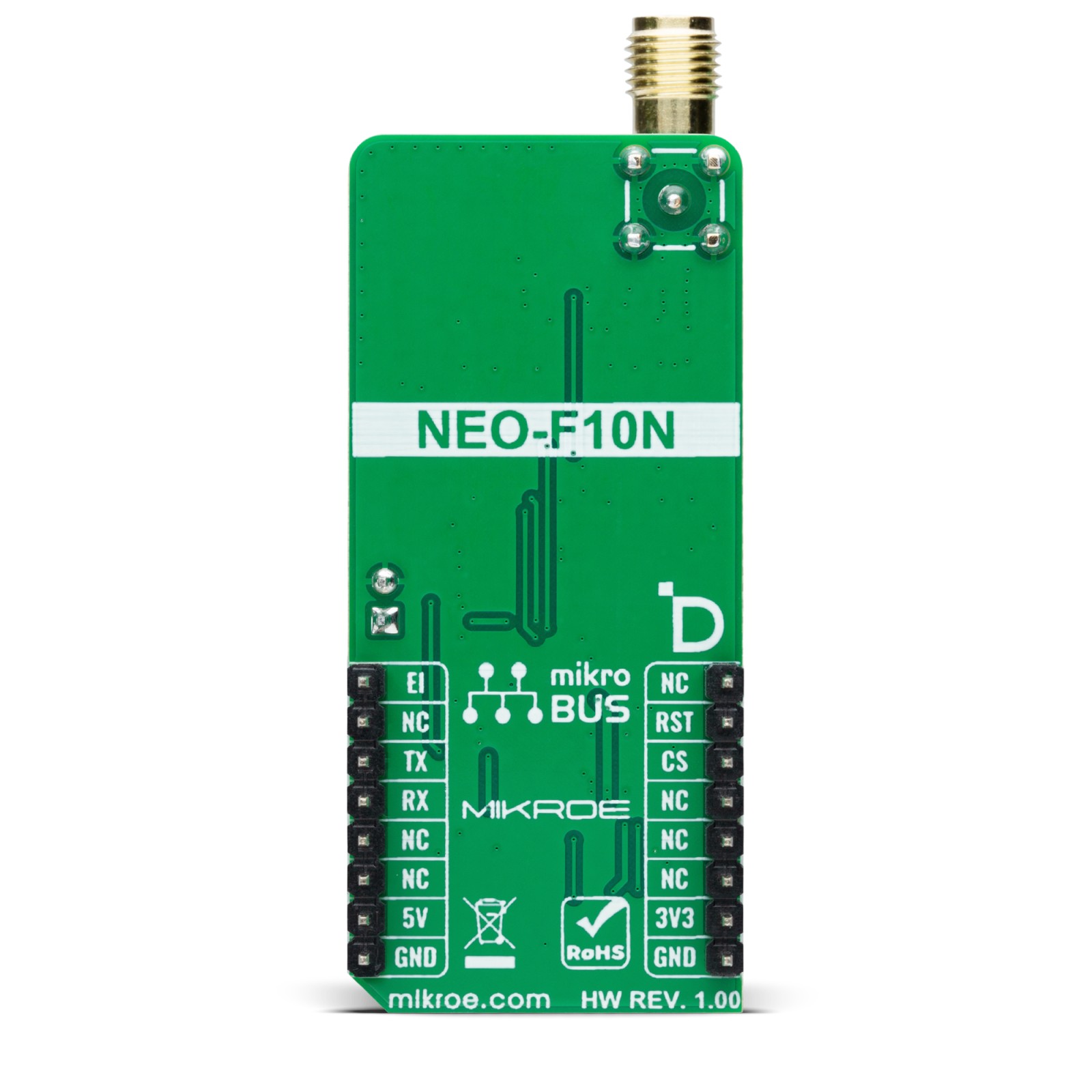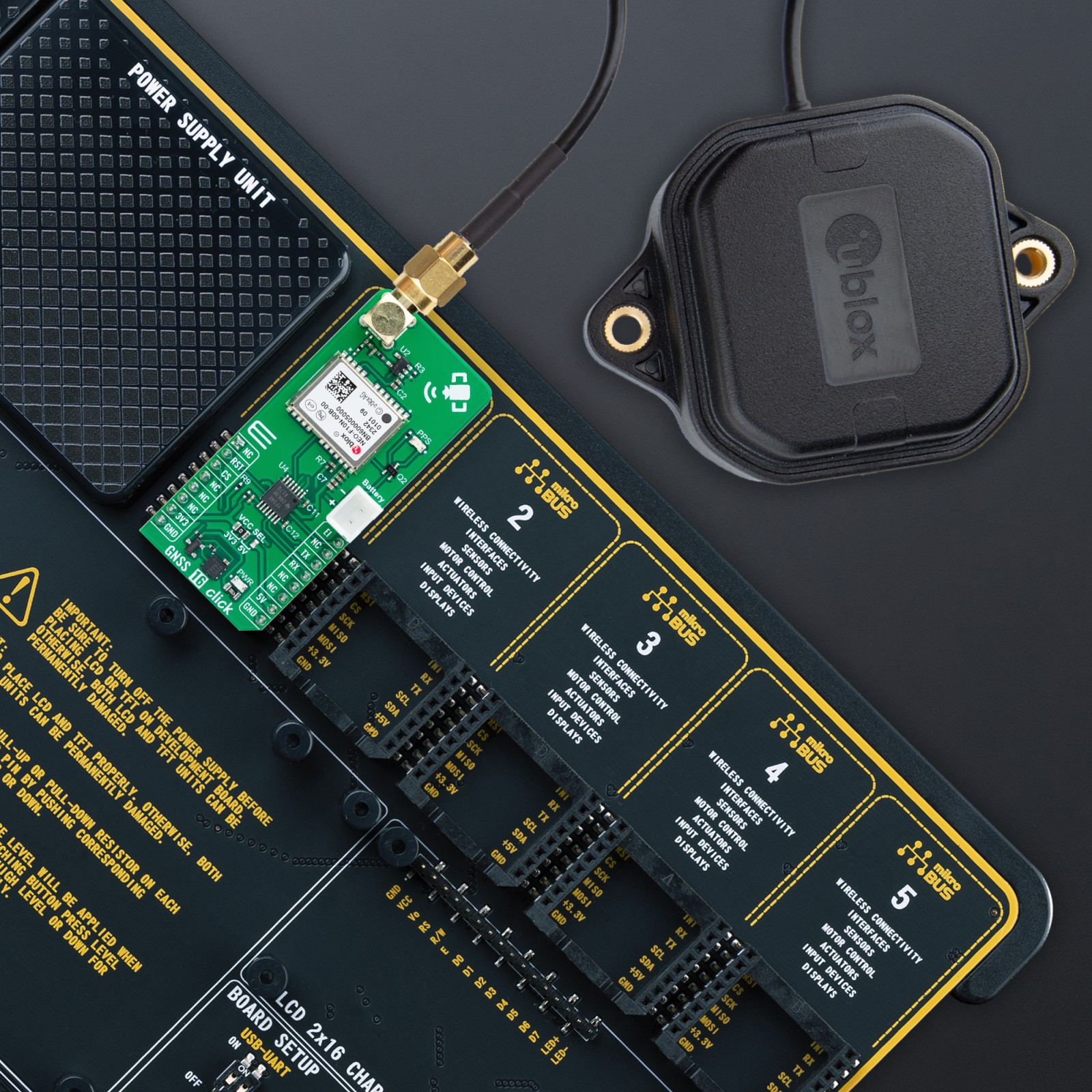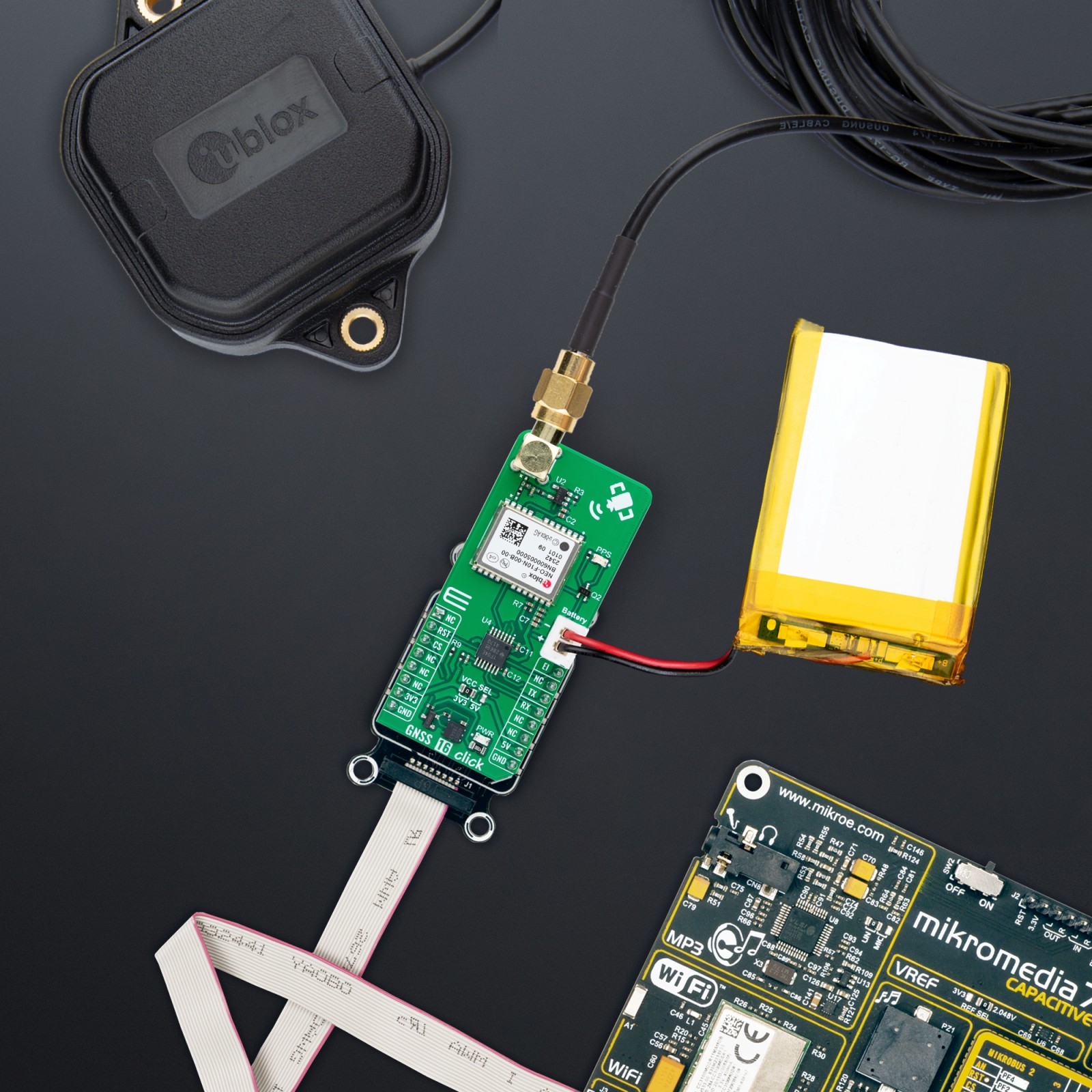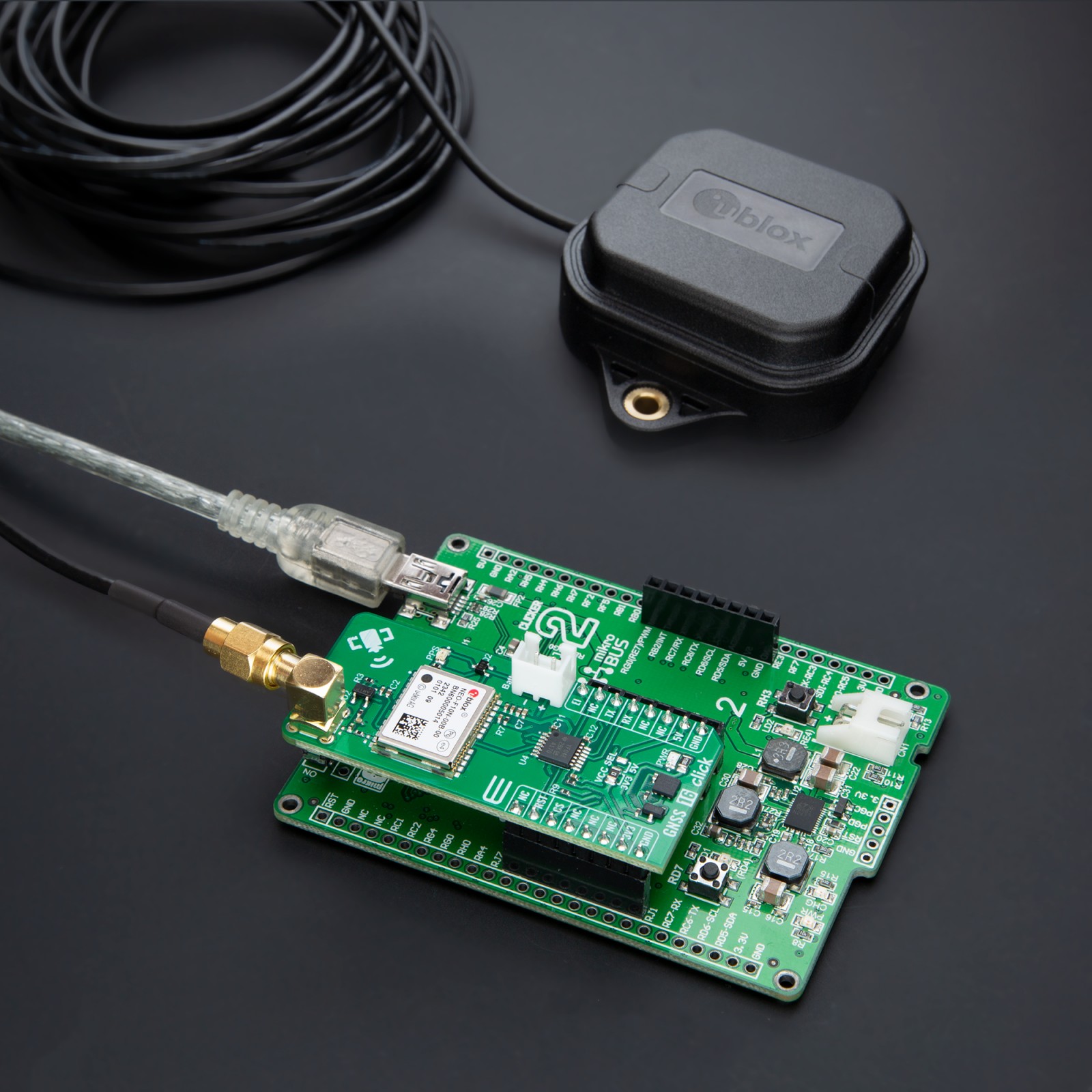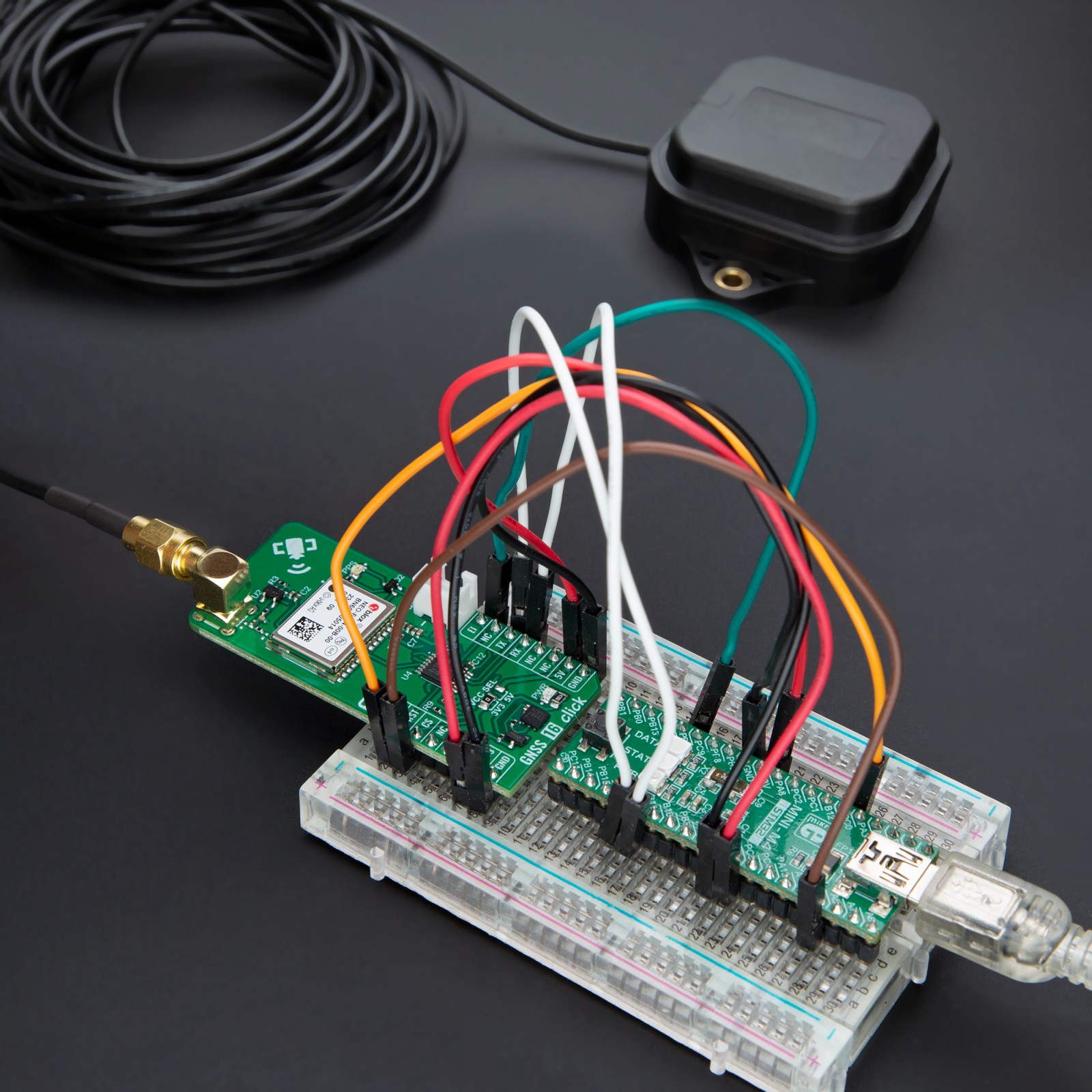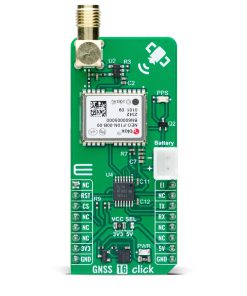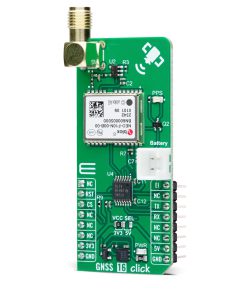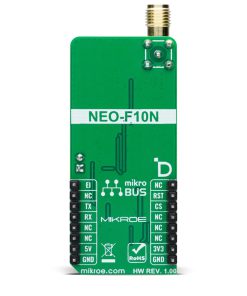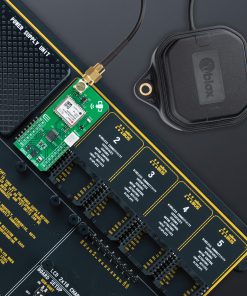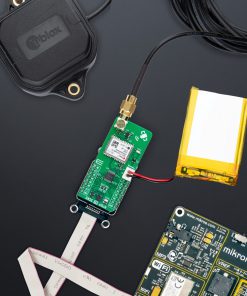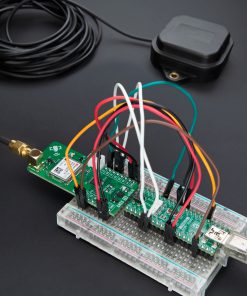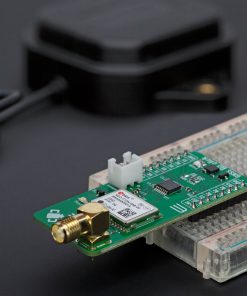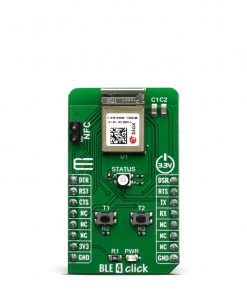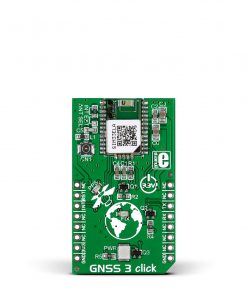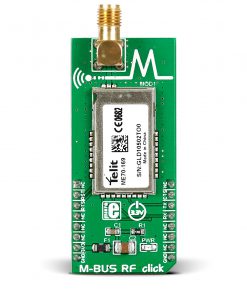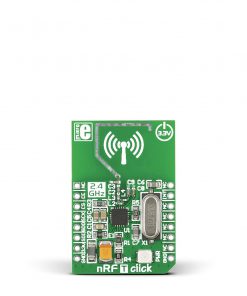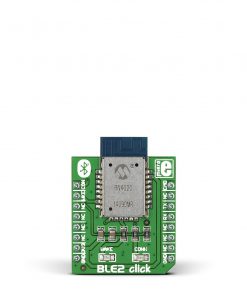-
×
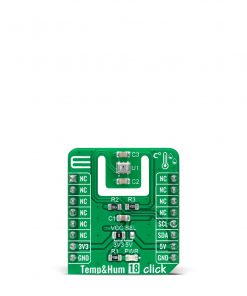 Temp&Hum 18 Click
1 ×
Temp&Hum 18 Click
1 × R300.00R270.00 -
×
 METHANE Click
2 ×
METHANE Click
2 × R335.00R301.50 -
×
 RTC 2 Click
1 ×
RTC 2 Click
1 × R465.00R418.50 -
×
 RTC Click
2 ×
RTC Click
2 × R390.00R351.00 -
×
 RS485 Click 5V
2 × R235.00
RS485 Click 5V
2 × R235.00 -
×
 Accel Click
2 ×
Accel Click
2 × R355.00R319.50 -
×
 MP3 Click
1 ×
MP3 Click
1 × R485.00R436.50 -
×
 4-20mA R Click
1 × R480.00
4-20mA R Click
1 × R480.00 -
×
 LPG Click
1 ×
LPG Click
1 × R335.00R301.50 -
×
 BUZZ Click
1 × R115.00
BUZZ Click
1 × R115.00 -
×
 tRF Click
1 ×
tRF Click
1 × R1,050.00R945.00 -
×
 DAC Click
1 ×
DAC Click
1 × R410.00R369.00 -
×
 Alcohol Click
1 ×
Alcohol Click
1 × R335.00R301.50 -
×
 microSD Click
2 ×
microSD Click
2 × R355.00R319.50 -
×
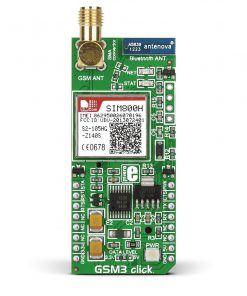 GSM3 Click
1 ×
GSM3 Click
1 × R1,250.00R1,125.00 -
×
 RN4678 Click
1 ×
RN4678 Click
1 × R855.00R769.50
Subtotal: R8,584.50

